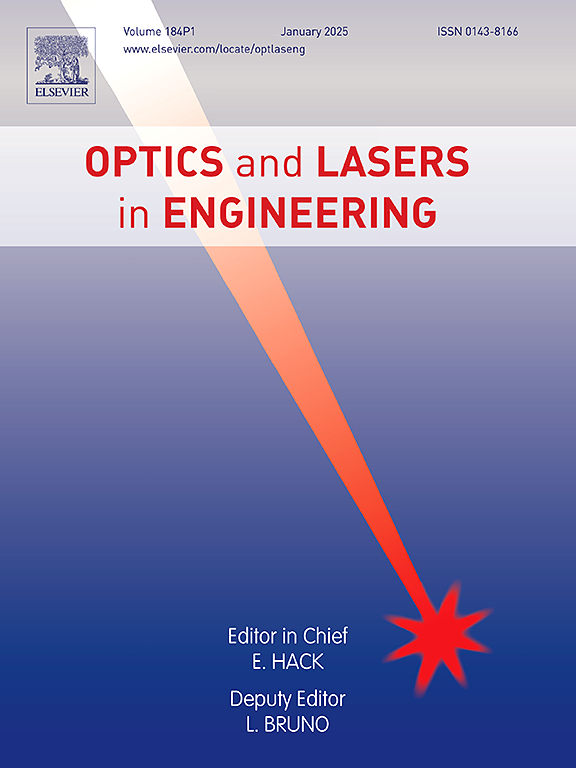High-quality binary amplitude hologram generation for digital micromirror device based holographic display
IF 3.5
2区 工程技术
Q2 OPTICS
引用次数: 0
Abstract
In this work, we demonstrate a high-performance binary amplitude hologram generation method and verify its performance with an experimental holographic projection scheme based on binary amplitude modulation by means of a digital micromirror device. The proposed method consists of a subsampling procedure applied to a target scene prior to hologram generation with binarized stochastic gradient descent (B-SGD). In combination with temporal multiplexing, this approach leads to holographic reconstructions with significantly improved quality when compared to direct application of the B-SGD and other common binary amplitude hologram generation methods. Furthermore, our proposal achieves this improved quality with nearly the same computational speed as the conventional B-SGD. Numerical results confirm the validity of our proposal, and an experimental holographic projection scheme is implemented to demonstrate its feasibility.
求助全文
约1分钟内获得全文
求助全文
来源期刊

Optics and Lasers in Engineering
工程技术-光学
CiteScore
8.90
自引率
8.70%
发文量
384
审稿时长
42 days
期刊介绍:
Optics and Lasers in Engineering aims at providing an international forum for the interchange of information on the development of optical techniques and laser technology in engineering. Emphasis is placed on contributions targeted at the practical use of methods and devices, the development and enhancement of solutions and new theoretical concepts for experimental methods.
Optics and Lasers in Engineering reflects the main areas in which optical methods are being used and developed for an engineering environment. Manuscripts should offer clear evidence of novelty and significance. Papers focusing on parameter optimization or computational issues are not suitable. Similarly, papers focussed on an application rather than the optical method fall outside the journal''s scope. The scope of the journal is defined to include the following:
-Optical Metrology-
Optical Methods for 3D visualization and virtual engineering-
Optical Techniques for Microsystems-
Imaging, Microscopy and Adaptive Optics-
Computational Imaging-
Laser methods in manufacturing-
Integrated optical and photonic sensors-
Optics and Photonics in Life Science-
Hyperspectral and spectroscopic methods-
Infrared and Terahertz techniques
 求助内容:
求助内容: 应助结果提醒方式:
应助结果提醒方式:


